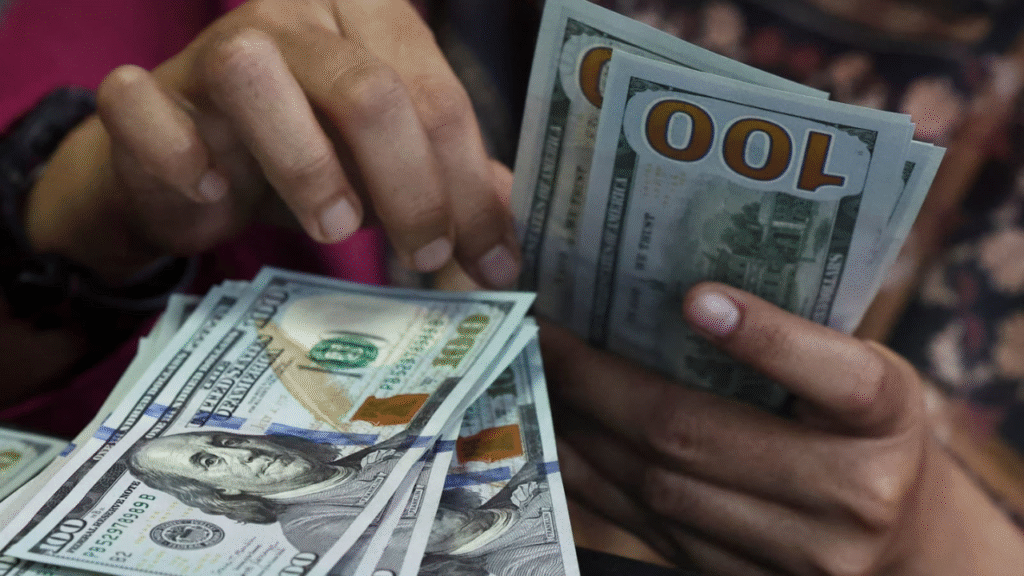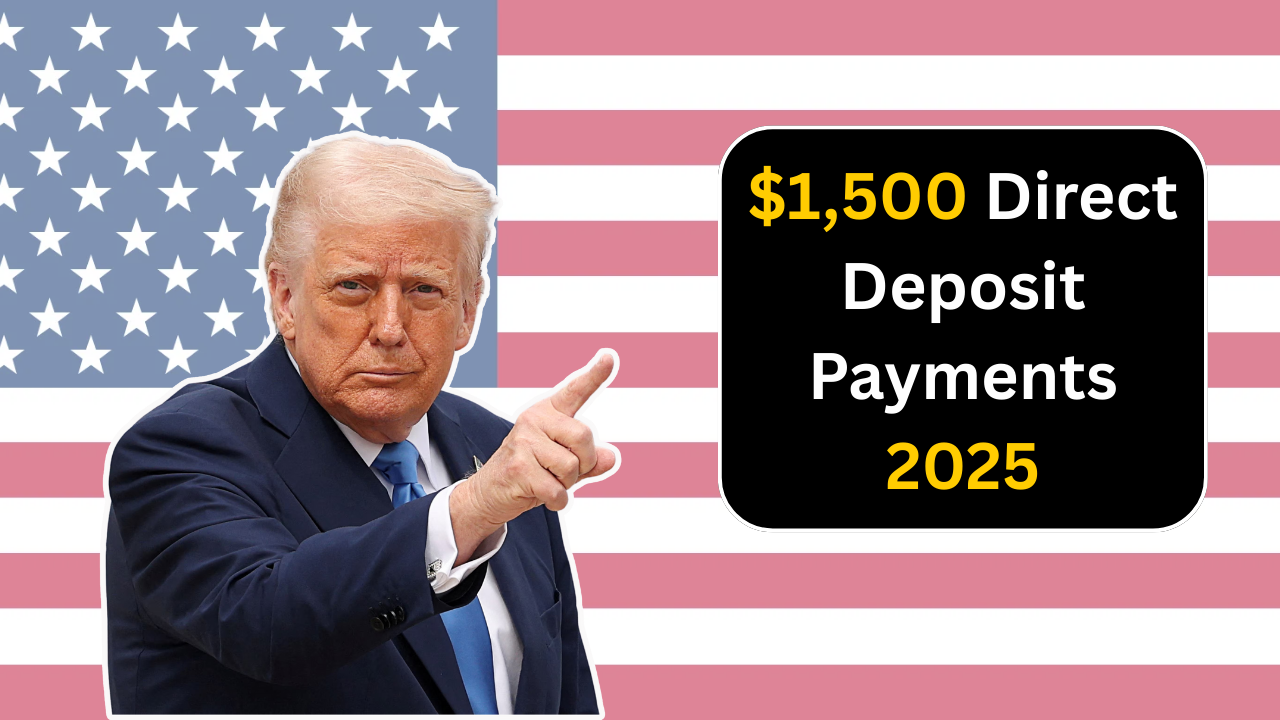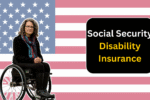In 2025, many Americans are eagerly awaiting direct deposit payments of $1,500, with much anticipation surrounding the eligibility criteria and payment schedules.
These checks are part of various relief programs aimed at providing financial assistance to citizens who may be struggling due to economic challenges.
This article provides all the essential details regarding the $1,500 direct deposit checks, including who qualifies, how to check eligibility, and when you can expect to receive the funds.
What Are the $1,500 Checks?
The $1,500 checks are part of government relief initiatives introduced to assist individuals and families dealing with financial difficulties.
These payments are typically made through direct deposit, which means the funds will be directly transferred to the eligible person’s bank account, making it a convenient way to receive support without waiting for a physical check to arrive in the mail.
In 2025, the eligibility for receiving these checks has been structured to benefit those in need. This includes low-income households, individuals facing financial hardships due to unemployment, and those in vulnerable situations, such as seniors, veterans, and individuals with disabilities.
Who Is Eligible for the $1,500 Direct Deposit Checks?
The eligibility criteria for the $1,500 checks can vary depending on the specific relief program under which the payments are issued. However, in general, the following groups are typically eligible:
- Low-Income Families and Individuals: Families earning below a certain threshold are eligible to receive the payment. The exact income limits vary, but for a family of four, the income threshold might be around $75,000 to $80,000 per year, with slightly higher amounts allowed for larger families.
- Seniors and Retirees: Seniors who rely on Social Security or other forms of government support are also typically eligible for these relief payments. In many cases, retirees who meet income eligibility are automatically included.
- Unemployed Individuals: Those who are currently unemployed and receiving unemployment benefits are generally eligible for the $1,500 checks, provided they meet the income guidelines.
- People with Disabilities: Individuals with disabilities who receive government assistance or Social Security Disability Insurance (SSDI) are often eligible for the checks, as these programs are designed to provide support to vulnerable populations.
- Veterans: Veterans who are registered with the U.S. Department of Veterans Affairs (VA) and meet income criteria are also eligible for these payments.
It’s essential to check the specific guidelines for the direct deposit program you’re applying for, as eligibility can vary by program.
How to Check Your Eligibility?

For those wondering how to check if they qualify for the $1,500 direct deposit, the process is fairly simple. The government provides multiple ways for individuals to verify their eligibility. Here’s how you can check:
- Online Portal: Most programs have an online portal where you can apply for relief payments and check your eligibility. The IRS website, for instance, provides a tool for taxpayers to check if they qualify for various stimulus programs.
- Tax Return: One of the primary ways the government determines eligibility is through your tax returns. The most recent tax filing can be used to assess your eligibility. If you filed taxes for 2023 or 2024, the IRS will use the information from those filings to determine if you’re eligible for the $1,500 check.
- Social Security or Disability: If you’re a senior or a person with disabilities who receives Social Security benefits or SSDI, your eligibility is often automatically determined based on your enrollment in these programs. However, it’s still a good idea to double-check with the Social Security Administration (SSA) or your disability program provider.
- Veterans Affairs: Veterans who believe they qualify for the payment can contact the VA or log into their account on the VA’s website to confirm their eligibility.
- State-Specific Relief Programs: Some states have their relief programs, and these may have different eligibility criteria. If you live in a state offering direct payments, you can visit your state’s government website to check your eligibility.
When Will You Receive the $1,500 Payment?
The timing of your $1,500 payment depends on several factors, including the specific program under which the payment is being made and your payment method.
Direct deposit payments are generally processed faster than paper checks, so if you are eligible for the payment and have set up direct deposit with the government, you may receive your funds within a few weeks of approval.
Here’s an overview of the expected payment schedule:
- For Tax Filers: If you filed your taxes in 2023 or 2024 and are eligible for the payment, you can expect to receive the direct deposit in the months following the approval of the relief program. In many cases, direct deposit payments are processed on a rolling basis, meaning that as soon as your eligibility is confirmed, your payment will be sent directly to your bank account.
- For Social Security, SSDI, and VA Recipients: Payments to Social Security recipients, individuals on SSDI, and veterans are typically sent out on a fixed schedule. For example, Social Security recipients usually receive their payments on the second, third, or fourth Wednesday of each month, while veterans might receive their payments on the first of the month.
- State-Based Payments: Some states may choose to send out payments on a different schedule. For instance, if you live in California or New York, check with your state’s government to see when they plan to distribute these payments.
- Check the IRS Website: For federal payments, the IRS usually provides updates on payment dates via its website. You can visit the IRS portal or sign up for email updates to track when payments are being distributed.
What to Do If You Don’t Receive the Payment?
If you believe you qualify for the $1,500 direct deposit but haven’t received your payment, there are a few steps you can take:
- Check Your Bank Account: Ensure that your direct deposit details are correct and that there are no issues with your bank account. It’s also worth checking with your bank to see if they have any hold on the payment.
- Check the IRS Portal: If you’re expecting a federal payment, visit the IRS portal to track your payment status and check for any updates on payment delays.
- Contact Your State or Local Government: If your state is issuing the payments, reach out to your state’s office or department of revenue for clarification on the status of your payment.
- Report Any Errors: If your payment was mistakenly sent to the wrong account, you may need to report the issue to the appropriate authorities for further investigation.
Conclusion
The $1,500 direct deposit checks in 2025 are an essential part of the relief programs aimed at helping those facing financial difficulties. By understanding the eligibility criteria and payment schedules, you can ensure that you receive your funds as soon as possible.
Remember to check the relevant portals and official websites for the most up-to-date information and make sure your banking details are current to avoid any delays in receiving your payment.



